The Story of the First River Wave in Czech Republic
Jan Maršík is one of the masterminds behind the river wave “Vlna pod Zámkem” near Prag. He and his group has long been searching for the perfect spot for this wave. Now they have found it in the Elbe River in the city of Brandýs nad Labem. Read Jan’s story of the first standing wave in Czech Republic:
The Idea
The idea of a standing wave in Czech Republic is a relatively old one. A couple of guys have been thinking and talking about it for a long time and I was one of them. Back then, we were young, we didn’t have kids and we were keen to travel and surf famous spots around the world every year. When I had my own kids, life changed. I spent more and more time in Czech Republic and started to look for something new. I recalled my old idea of river surfing and started to search the internet for information and got in touch with the wave builders Michael Strömer (AUT), Neil Egsgard (CAN) and Quirin Stamminger (GER).
The Search for the Right Spot
Having understood the requirements of a stationary wave, I began an endless search for the right spot. After having scanned google maps for many days and driving around looking for places, I realised that it is surprisingly hard to find spots that meet the necessary CFS and drop criteria. All the spots that fulfilled the criteria were already occupied by hydroelectric power stations or located within a national park, leaving no chance for building a wave. I started to lose faith and after many meetings with representatives of river basin management authorities, I was definitely convinced that no such place existed.
I started to lose faith and after many meetings with representatives of river basin management authorities.
I started to change my way of thinking about the place for a wave, left behind the idea of having a cool surf spot from surfers for surfers and came back to reality. In Czech Republic, white water slalom is a popular sport and there are a couple of artificial channels for training that meet the minimum criteria regarding drop heights and CFS. They usually cooperate with hydroelectric power stations to get the necessary amount of water for a maximum flow a few hours every day. Another benefit is that the water can be shut off for a day allowing to work on the construction in dry conditions. This also helps to make adjustments once a wave has been installed. I contacted all Czech channels to ask if they were interested in a project. As they were not familiar with river surfing, they were not really open to the idea. Yet, after long negotiations, we found two channels where we could build a standing wave under certain conditions.
Building a Wave in Brandýs Nad Labem
We started the wave construction in Brandýs nad Labem in 2013. We were searching for affordable and robust construction materials to shape strong currents. The entire construction is made of wood and iron. We decided to use the “ramp technique”, where water flows down smoothly on an artificial ramp. At the bottom of the slope, the fast water transitions in a stationary jump to slowly moving water, forming a stationary wave. We got the exact plans of the Eisbach River from Neil and Quirin. When we compared the Eisbach conditions with ours, we realised that the amount of water flowing through our channel was less than at the Eisbach. As a consequence, we had to build our wave on a smaller scale. The slope of for our wave is 5 m long and 6 m wide. Altogether, 12 people were working for a whole day to build the slope.
Let the Water Flow
When we finally let the water run down the channel it hit our ramp and destroyed our construction within five minutes. We shut off the river and worked until midnight to make basic repairs and save what was left. Within the next weeks, we kept repairing the slope and made it more robust.
One Problem Solved, Another Appeared
One problem solved, another appeared: The kayakers complained that there was less water in the channel than there used to be and that their boats were hitting the bottom. As a consequence, we reduced the height of the slope’s front wall. It took three attempts to get the height right and we spent many hours implementing these changes. Eventually, we had the same quantity of water running down the channel as before. Well, that made the kayakers happy but our slope was almost flat and the wave looked really bad. The water flowing down at the bottom of the slope only formed a cylinder, not a wave … and we started to lose faith.
I kept sending Neil pictures and videos and asked him for advice what to change. The next step was to narrow the water running over the slope to make the flow faster. We built another construction made of wood and iron that helped a bit, but the water didn’t flow smoothly as the narrowing was too close to the wave and one edge of the construction was ripping water into the wave.
After experimenting with size and angle, we finally found a good position where the spoiler helped form a wave.
At that time, I contacted engineers from the local technical university and we started to cooperate closely. We measured the whole area, used computer simulation and they created sophisticated numerical 3D models to show the behaviour of the water and what the slopes should look like. After a couple of weeks of computer work, we knew exactly how to improve the narrowing. After having build another construction, the flow over the slope was perfectly smooth and the problem was solved.
What came next was the bottom part of the slope. The cylinder at the bottom of the slope was perfect for kayakers, but it didn’t work for surfers. We decided to add a “spoiler” to the end, to force water to go up a bit and hit the mass of slow water at the bottom of the slope in a different angle. The principle is similar to the one Michael Strömer used for his project Almkanal / Almwelle in Salzburg, Austria. After experimenting with size and angle, we finally found a good position where the spoiler actually helped forming a wave. In our case, the spoiler is fixed and the angle can’t be adjusted. This is due to the fact that I funded the whole project from my own pocket and we didn’t have the budget to buy winches or hydraulic equipment.
Vlna pod Zámkem is On!
At the moment, the wave that we call Vlna pod Zámkem is working. We know that there are still a couple of things that could be improved and we are already working on it. The wave is about 80cm high and 5m wide and runs everyday from 4pm to 7pm, when the water is at its maximum. Compared to ocean waves, our wave is relatively slow. It is easy to ride, also for beginners. It took us some time to find the perfect board, but after a few tests, we found out that the ideal board is something between 5″4 and 6″. To surf the wave, you need more weight at the front of the board than you usually do in the ocean, so a fish shape or shapes with a fat nose are ideal. If you do not have your own board, you can rent one at the site. We will show you how to paddle into the wave and give you tips on how to rip the first Czech standing wave for river surfing.
See you there!
Jan
Contact
City: Brandýs nad Labem-Stará Boleslav in Okres Praha-východ, Středočeský kraj
More on the community behind the wave: Surfwave Brandýs nad Labem
Web: surfwave.cz
E-Mail: info@surfwave.cz
Video of the First River Wave in the Czech Republic
Photo Impressions from Brandýs nad Labem
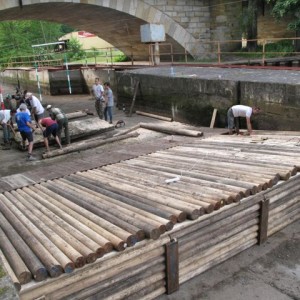 Wave Ramp in Brandýs nad Labem© surfwave.cz
Wave Ramp in Brandýs nad Labem© surfwave.cz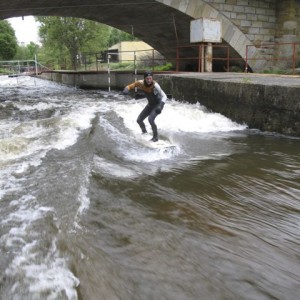 Surfing in Brandýs nad Labem in Czech Republic© surfwave.cz
Surfing in Brandýs nad Labem in Czech Republic© surfwave.cz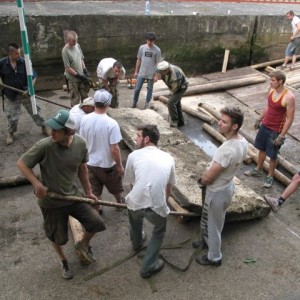 Team in Brandýs nad Labem© surfwave.cz
Team in Brandýs nad Labem© surfwave.cz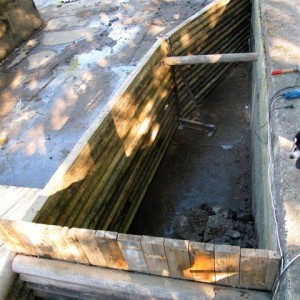 Brandýs nad Labem – Wood Construction
Brandýs nad Labem – Wood Construction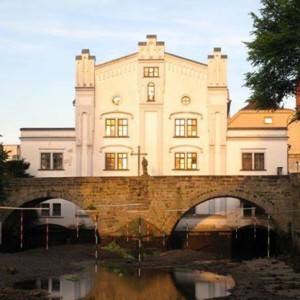 Brandýs nad Labe – Castle© surfwave.cz
Brandýs nad Labe – Castle© surfwave.cz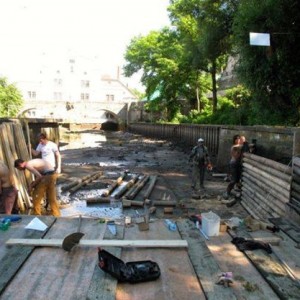 Wave Construction in Brandýs nad Labem© surfwave.cz
Wave Construction in Brandýs nad Labem© surfwave.cz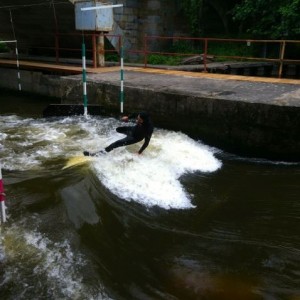 Brandýs nad Labem – Wipe Out© surfwave.cz
Brandýs nad Labem – Wipe Out© surfwave.cz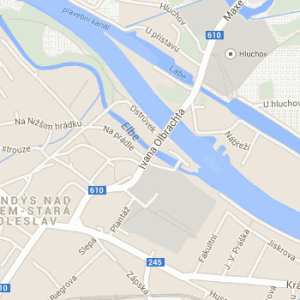 Brandýs nad Labem – Map© surfwave.cz
Brandýs nad Labem – Map© surfwave.cz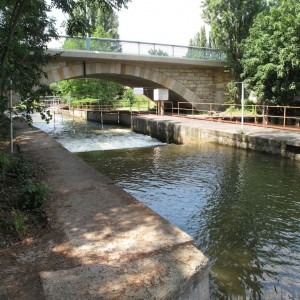 Brandýs nad Labem – Bridge© surfwave.cz
Brandýs nad Labem – Bridge© surfwave.cz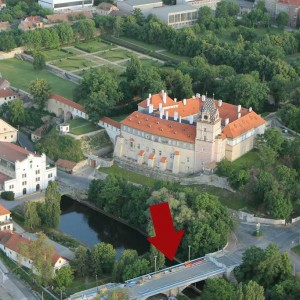 Brandýs nad Labem – Spot Location© surfwave.cz
Brandýs nad Labem – Spot Location© surfwave.cz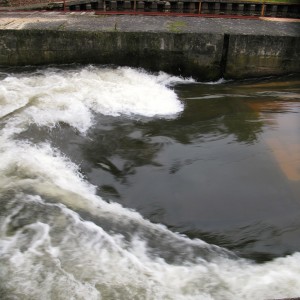 Brandýs nad Labem – Czech River Surfing© surfwave.cz
Brandýs nad Labem – Czech River Surfing© surfwave.cz

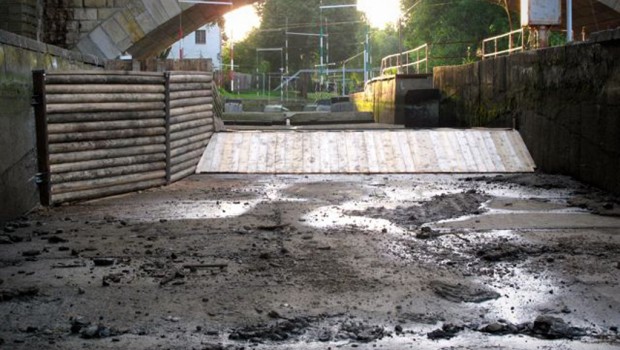
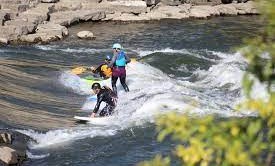
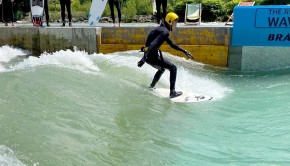
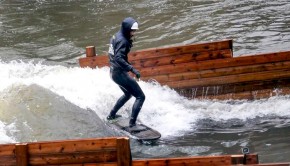
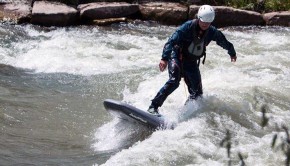
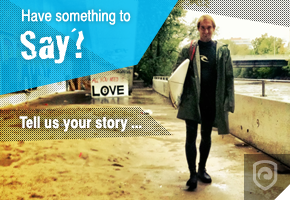








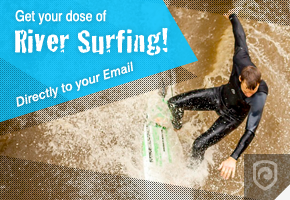
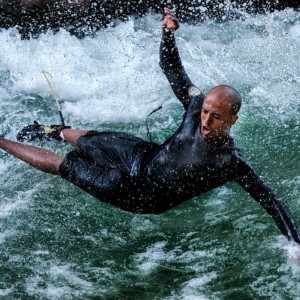
Pingback: Surfing in Prague, Czech Republic